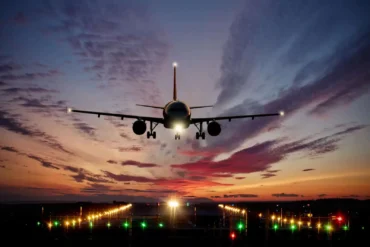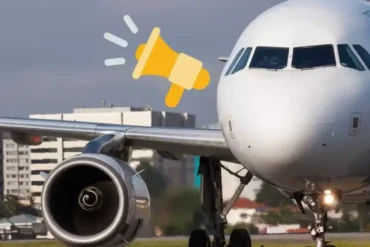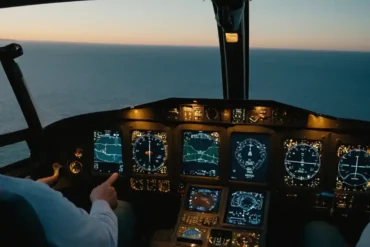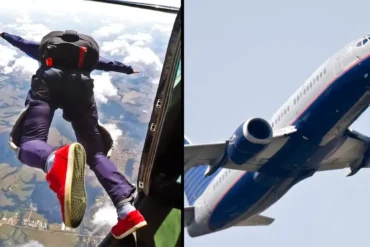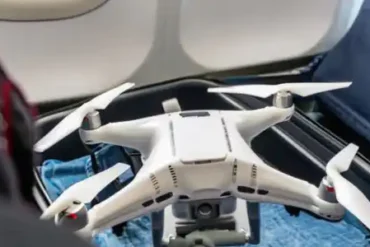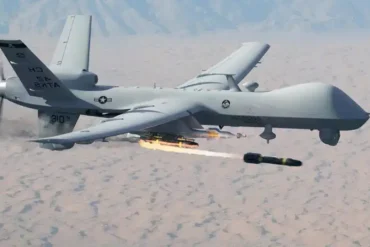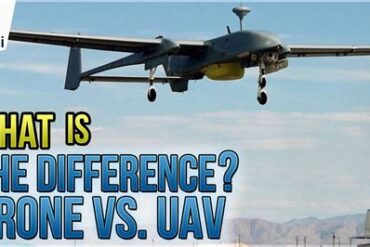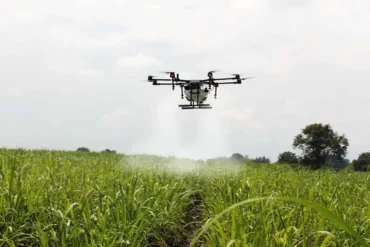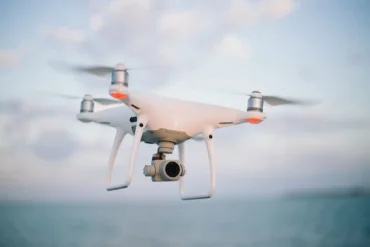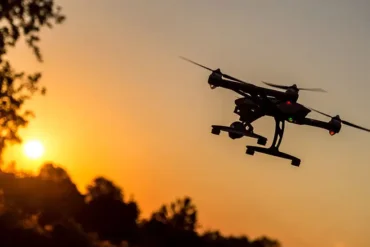Drones, or uncrewed aircraft systems (UAS), have become super popular lately. Your drone can help you capture amazing videos, take stunning photos, and even give you an adrenaline rush when racing with VR goggles. But before you take to the skies, it’s important to know about the rules and how to register your drone.
Let’s talk about the basics of registering your drone with the Federal Aviation Administration (FAA).
Do you need to register your drone with the FAA?
You’ve just got your new drone, and you’re probably wondering, “Do I really need to register this thing?” Well, in most cases, yes. If your drone weighs more than 0.55 pounds (that’s about 250 grams), you’ve got to register it with the FAA. This applies whether you’re flying for fun or for work.
If you’re flying for fun and your drone weighs less than 55 pounds, you need to register through the FAA DroneZone website. You’ll also need to take the Recreational UAS Safety Test (TRUST) online. Don’t worry, it’s free! Just make sure you do this before you start flying.
If you’re using your drone for work and it weighs less than 55 pounds, you’ll need to register it on FAA DroneZone too. But you’ll also need to pass the Part 107 Small Unmanned Aircraft Systems test. This one’s a bit more serious – you’ll have to pay for it and take it in person at an FAA testing site before you can start flying for business.
What if you don’t register your drone with the FAA?
The FAA doesn’t mess around with this stuff. If you don’t register a drone that needs to be registered, you could face some pretty hefty penalties. We’re talking fines up to $27,500 for civil penalties. And if it goes to criminal penalties, you could be looking at fines up to $250,000 or even up to three years in prison. Yikes!
So, whether you’re flying for fun or for work, if your drone weighs more than 0.55 pounds, it’s really not worth the risk of flying without registering.
Is registering your drone worth it?
Absolutely! Registering your drone isn’t just following the law, it’s also the responsible thing to do.
If you’re planning to use your drone for business, getting registered and getting your Part 107 license can open up some great opportunities. Most clients prefer working with pilots who are licensed and registered. It shows you’re a pro who takes the job seriously.
What You Need to Know About Drone Registration
How heavy is your drone?
The weight of your drone is super important when it comes to registration. If it’s under 0.55 pounds or 250 grams, you’re off the hook. But if it’s heavier than that, up to 55 pounds, you’ve got to register it.
If your drone is over 55 pounds, that’s a whole different ball game. It falls under commercial drone rules, which are a bit more complicated than regular drone registration.
How to register your drone
To register your drone, you’ll need:
- An email address you check regularly (for FAA updates)
- Your mailing address
- The make and model of your drone
- A credit or debit card to pay the $5 registration fee
There are a few other things to keep in mind:
- You need to be at least 13 years old to register a drone
- Only U.S. citizens or permanent residents can register
After you register, make sure to keep your certificate with you when you fly, and put your registration number somewhere visible on your drone.
Flying for fun or profit: What licenses do you need?
If you want to make money with your drone, you’ll need more than just registration. You’ll need to get a drone operator license, which means passing an FAA test on rules, safety, air traffic, and general drone use.
Even if you’re just flying for fun, you still need to register your drone if it’s over 0.55 pounds. This falls under the FAA’s Exception for recreational flyers.
Where can you fly your drone?
Once you’re registered, you need to keep your drone below 400 feet and always keep it in sight. But there are other rules too, even if you’re registered:
- No flying near airports or government buildings
- No flying in controlled airspace
There’s a handy app called B4UFLY that can help you figure out where it’s okay to fly. Be careful – if you fly in places you’re not supposed to, you could get in serious trouble.
Also, lots of parks have their own rules about drones. Some don’t allow them at all because of noise, safety, or wildlife concerns. Always check the rules before you fly for fun.
Oh, and if you’re traveling internationally, make sure to look up the laws about carrying and flying drones in other countries. Different places have different rules!

